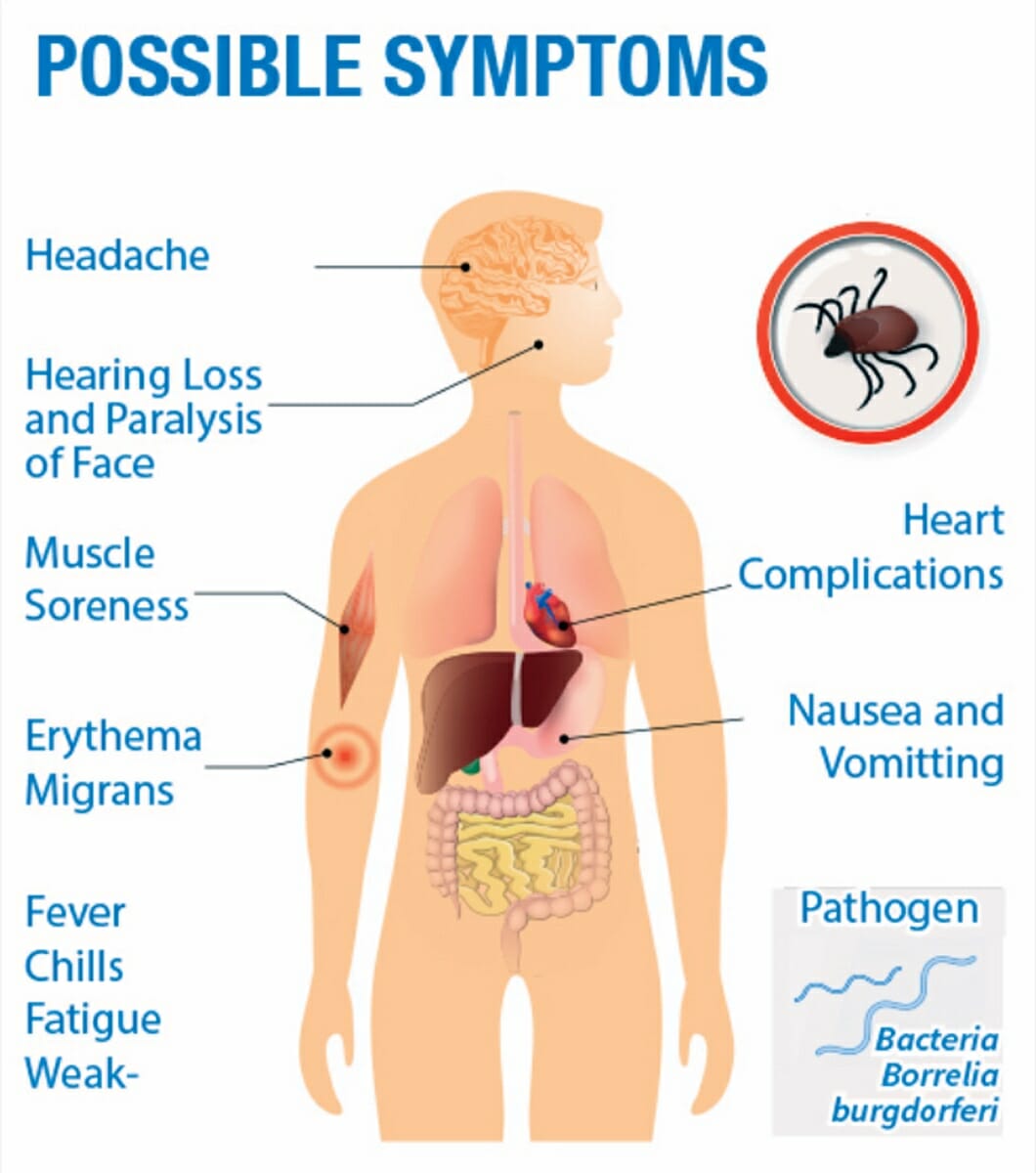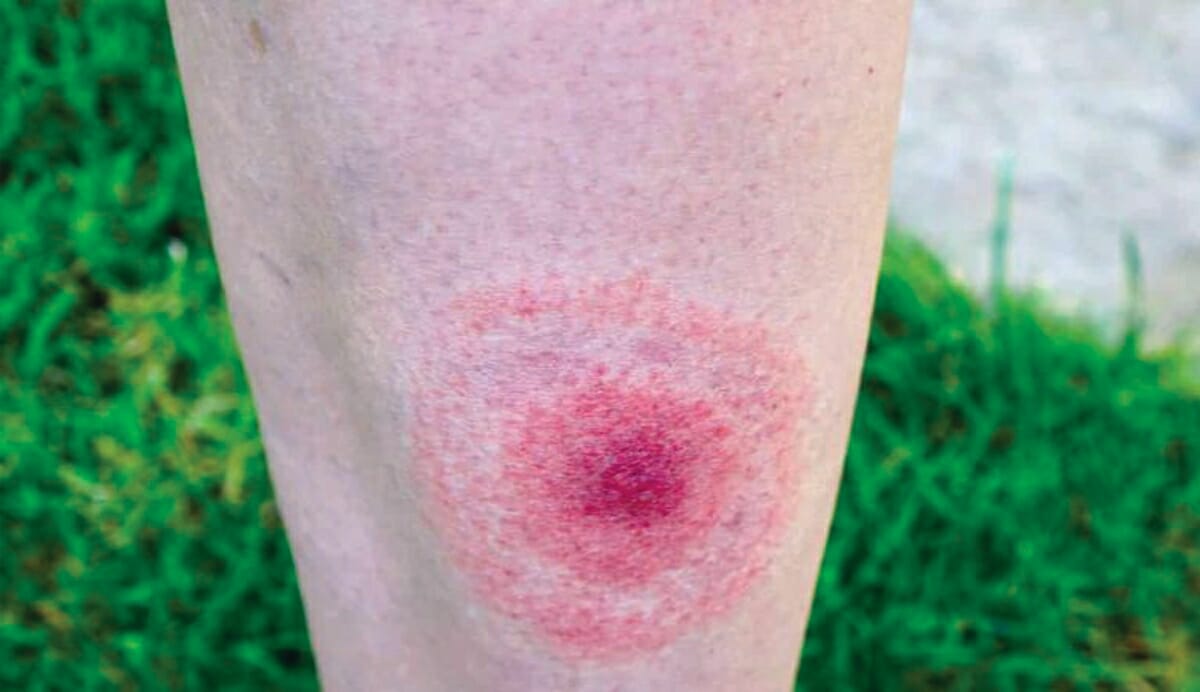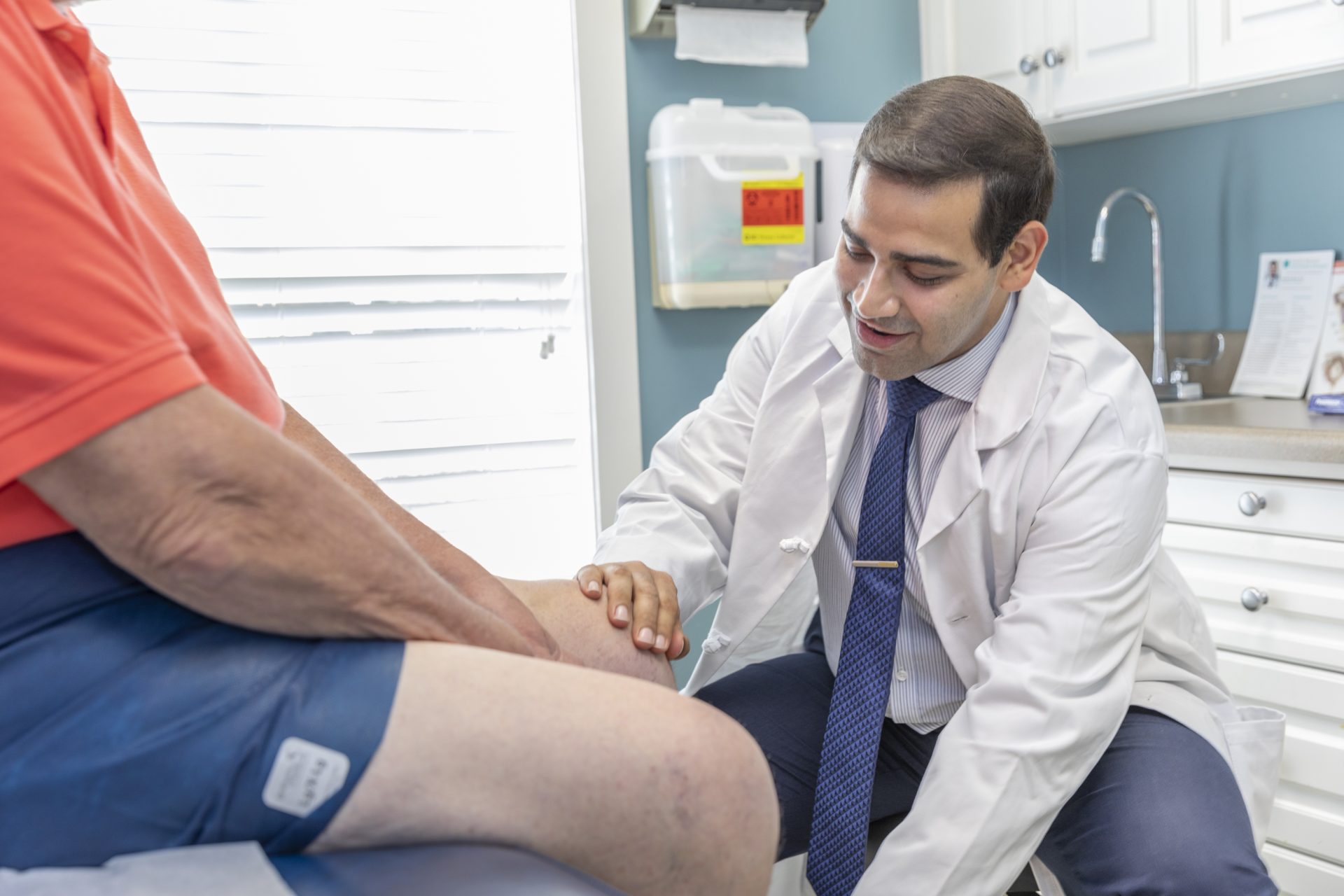People are taking special precautions to avoid becoming vulnerable to COVID-19 by wearing masks and gloves in public places. However, outdoor social distances can carry their own risks.
Beaches and parks have become popular places of social distance to help prevent the spread of coronaviruses. Many people are really focused on doing the right thing to stay social and fight coronaviruses, but it’s very important not to actually take the steps necessary to prevent tick bites.
Tick bite prevention is critical. Ticks are more active than ever before, and in more areas than ever before. To prevent Lyme disease and other tick-borne illnesses it’s crucial to Be Tick AWARE™ from GlobalLymeAlliance.org. Follow these simple steps to protect yourself, family, and pets from ticks.
BE TICK AWARE
Practicing good tick bite prevention habits is the best way to prevent Lyme disease and other tick-borne illnesses. Good habits range from wearing appropriate clothing, where you walk, and how often you check for ticks. Simply, it’s important to be tick aware.
5 EASY STEPS TO REMEMBER ARE:
• AVOID areas where ticks live. Ticks thrive in places like wood piles, leaf litter, long grass, beach grass, bushy areas, stone walls, and perimeters where the lawn meets the woods.
• WEAR light-colored clothing to spot ticks more easily; long-sleeved shirt tucked in at the waist, long pants tucked into high socks, closed-toe shoes, and a hat with your hair tucked in, if possible. Do not walk in the grass barefoot or in open sandals, even if it’s a shortcut.
• APPLY EPA-approved tick repellent (such as DEET or picaridin) and insecticide (such as permethrin) to skin, clothing, and shoes as directed. Watch video on how to properly apply repellent.
• REMOVE clothing upon entering the home; toss into the dryer at high temperature for 10-15 minutes to kill live ticks. Putting them in the washer, however, will not.
• EXAMINE yourself and your pets for ticks daily. Feel for bumps paying close attention to the back of knees, groin, armpits, in and behind the ears, belly button, and scalp. Check everywhere – ticks love to hide.
WHAT TO DO IF YOU FIND A TICK ATTACHED
As hard as it may seem, don’t panic. Here are 5 steps to follow if you find a tick attached to you, or someone you know.
STEP 1. Remove the tick
Remove the tick with a tick removal tool or tweezers. Get as close to the skin as possible, being careful to get the head – pull the tick straight up – immediately clean the site of the bite with and antiseptic or soap.
DO! Save the tick in a sealable bag or vial with date of removal
DO NOT! Twist or agitate the tick – Touch the tick – Drown the tick in oil or use petroleum to remove, it could spread any pathogens
STEP 2. Send the tick in for testing
Testing the tick is important to identify its species and diseases it’s carrying. This information may aid in your diagnosis. It will also help researchers better understand tick habitats and patterns. Ask  the lab to test the tick for Lyme disease and other tick-borne pathogens. Request that your lab test for Lyme disease and other tick-borne pathogens (co-infections).
the lab to test the tick for Lyme disease and other tick-borne pathogens. Request that your lab test for Lyme disease and other tick-borne pathogens (co-infections).
STEP 3: Monitor your bite site closely
1. Keep a close eye on your bite site and document any changes.
2. Take a picture of the site of the bite as soon as possible. If you see any changes, take additional pictures.
3. Draw a circle around the bite to easily track a rash that may start from the bite. Watch the site and other parts of your body to see if a rash develops for about a week or more. Any changes can mean a reaction to a pathogen from a tick.
It’s important to note that while the bulls-eye rash is most associated with Lyme disease, many people do not develop a rash or the appearance of the rash is not a bulls-eye. If you do develop a bulls-eye, CDC guidelines indicate this as a positive diagnosis for Lyme disease, and treatment should be started immediately.
STEP 4: Consult with your doctor
As soon as you experience any symptoms, see a doctor. A symptom could be a reaction or rash at the bite site, fatigue, brain fog, or any flu-like symptom. Note: a bulls-eye rash serves as an official Lyme disease diagnosis per the CDC. At the first signs of symptoms, 21 days of antibiotic treatment doxycycline are recommended immediately. Early diagnosis and treatment are key.
It’s important to note that while the bulls-eye rash is most associated with Lyme disease, many patients do not develop a rash or the appearance of the rash is not a bulls-eye.
Step 5: Trust your symptoms, not the test
Current Lyme diagnostics are inaccurate about 1/2 the time! It’s important to remember that if your doctor says your test came back negative, but you are feeling symptomatic, you may still have Lyme disease. Trust your symptoms, not the test!
If you need help connecting with a Lyme treating physician, GLA can help.
Source: Global Lyme Alliance (GLA)
Exclusive content from CARE Magazine








